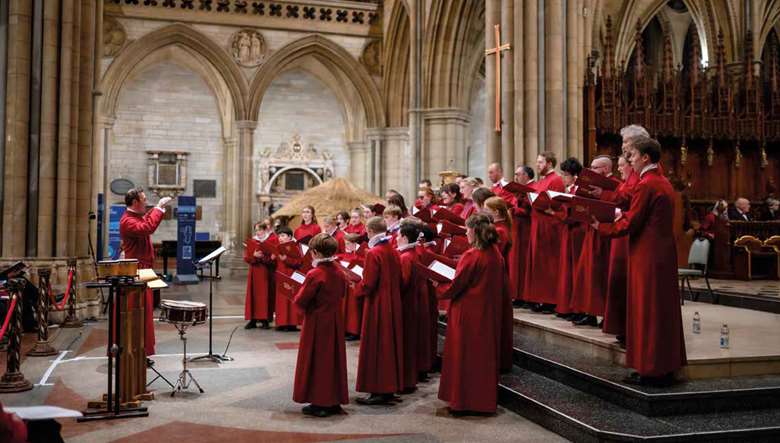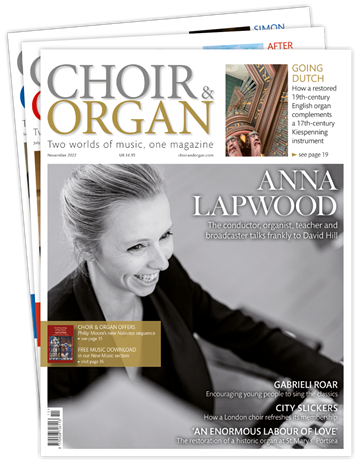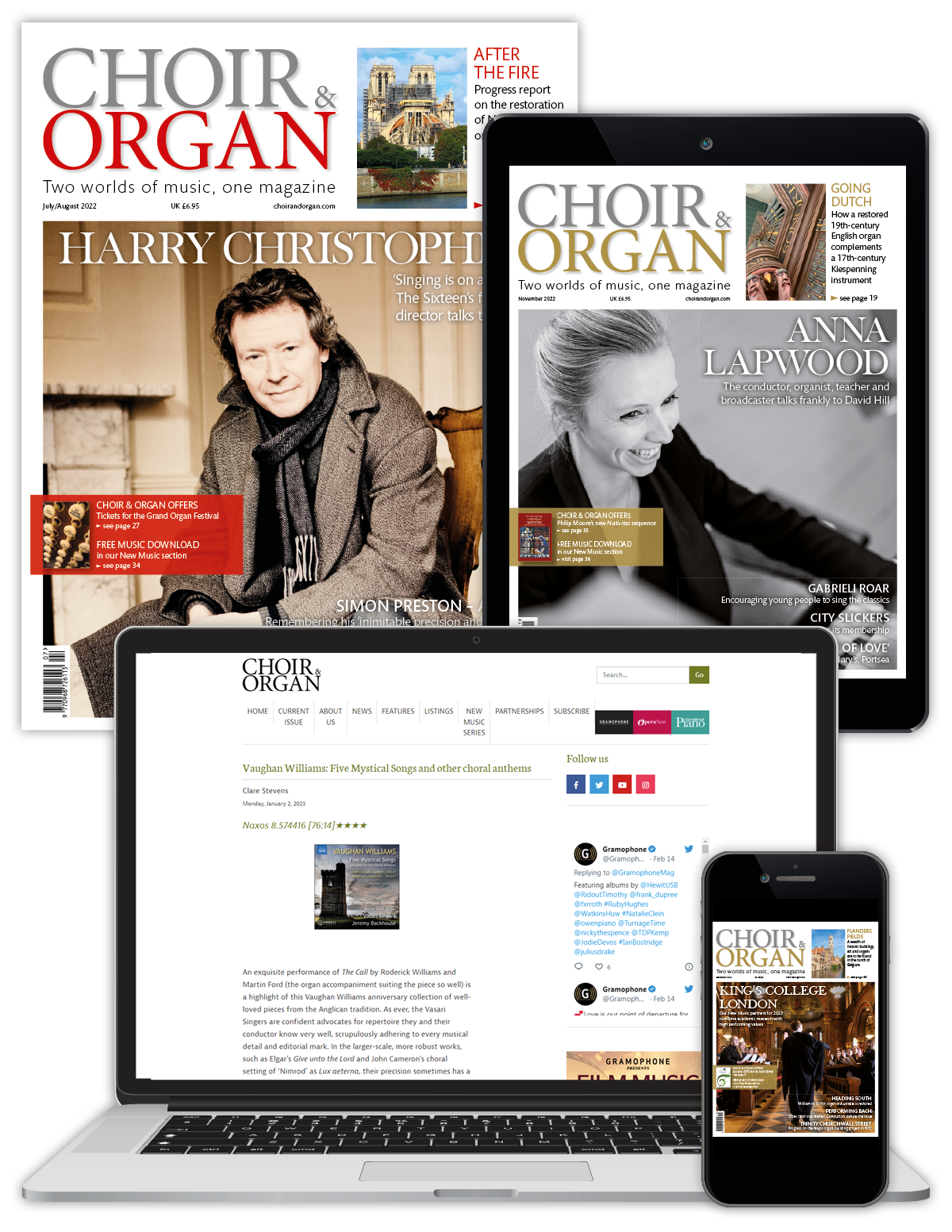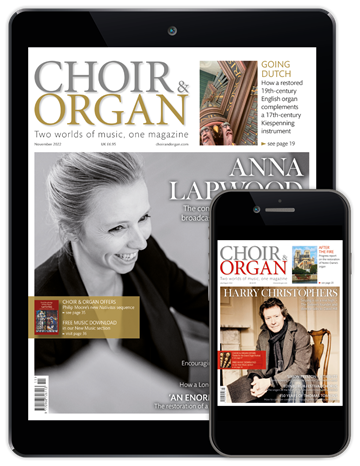Truro Cathedral Choir: the past and the future
Clare Stevens
Sunday, April 2, 2023
Despite being less than 150 years old and ‘at the bottom end of a train line’, Truro Cathedral has developed a strong musical tradition that includes recordings, tours and outreach projects. Clare Stevens reports

© LLE PHOTOGRAPHY
Register now to continue reading
This article is from Choir & Organ. Don’t miss out on our dedicated coverage of the choir and organ worlds. Register today to enjoy the following benefits:
- Free access to 3 subscriber-only articles per month
- Newly-commissioned sheet music to download from our New Music series
- Unlimited access to Choir & Organ's news pages
- Monthly newsletter






